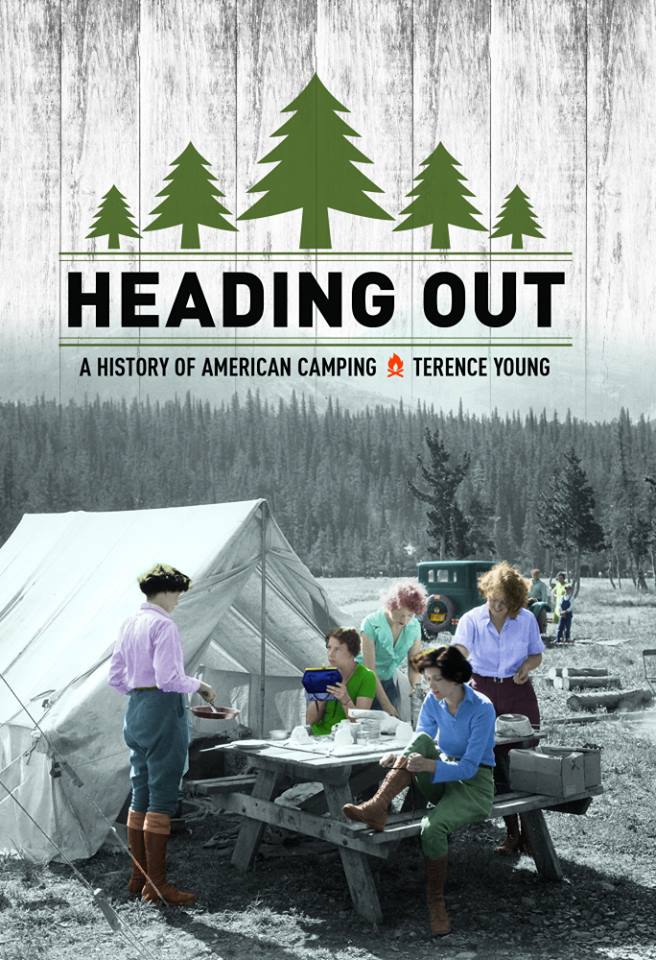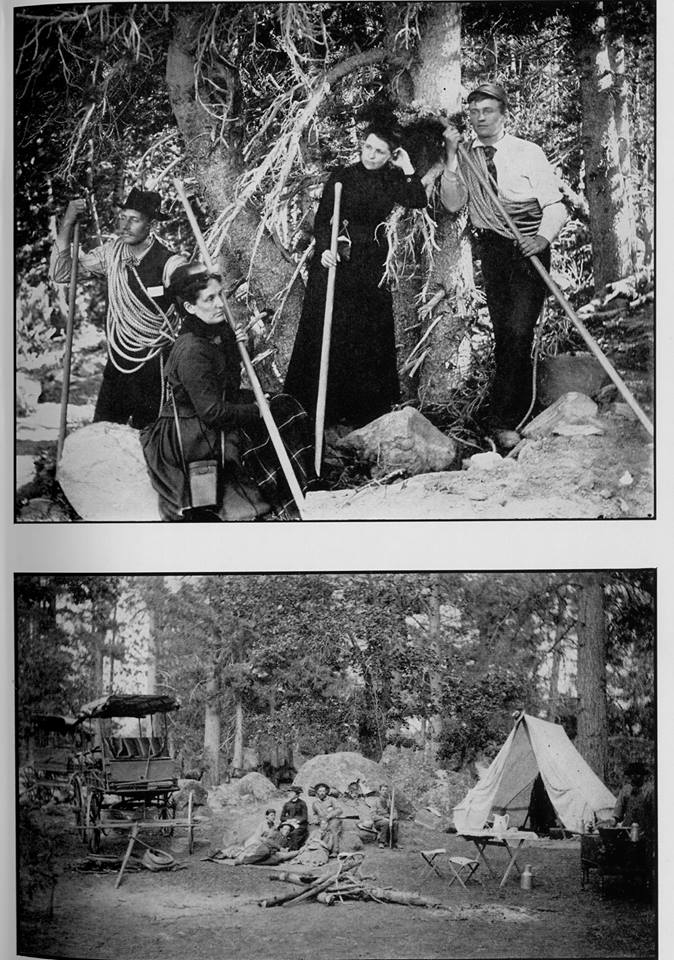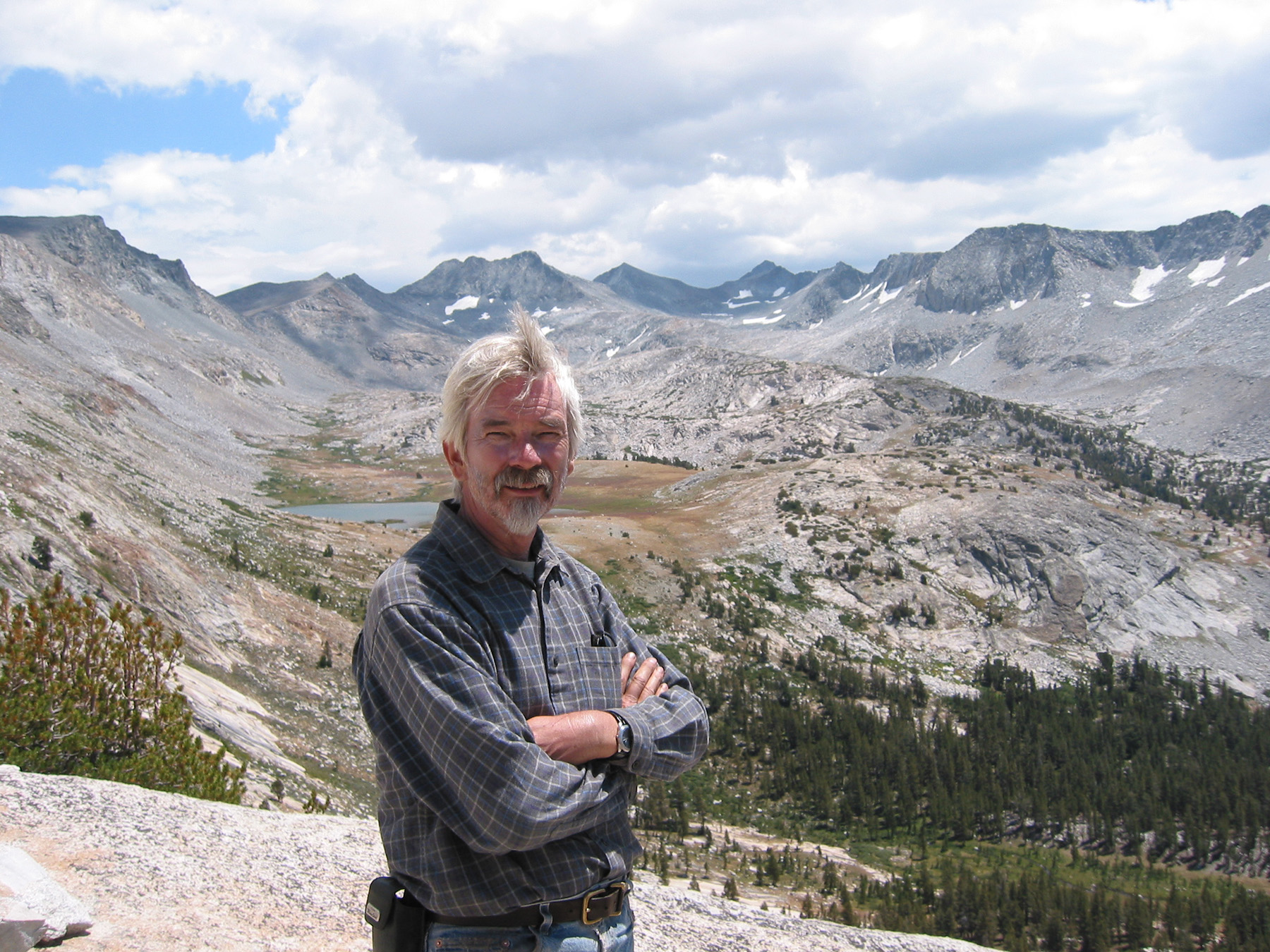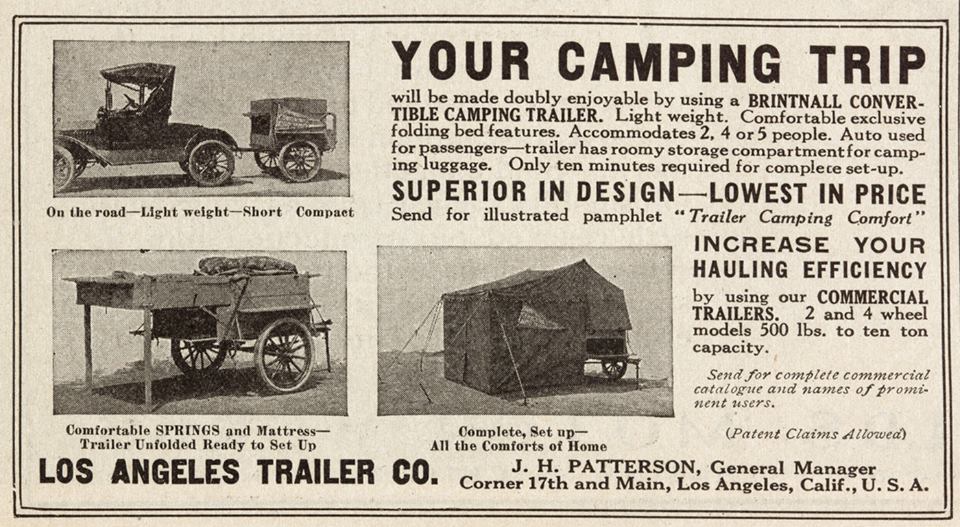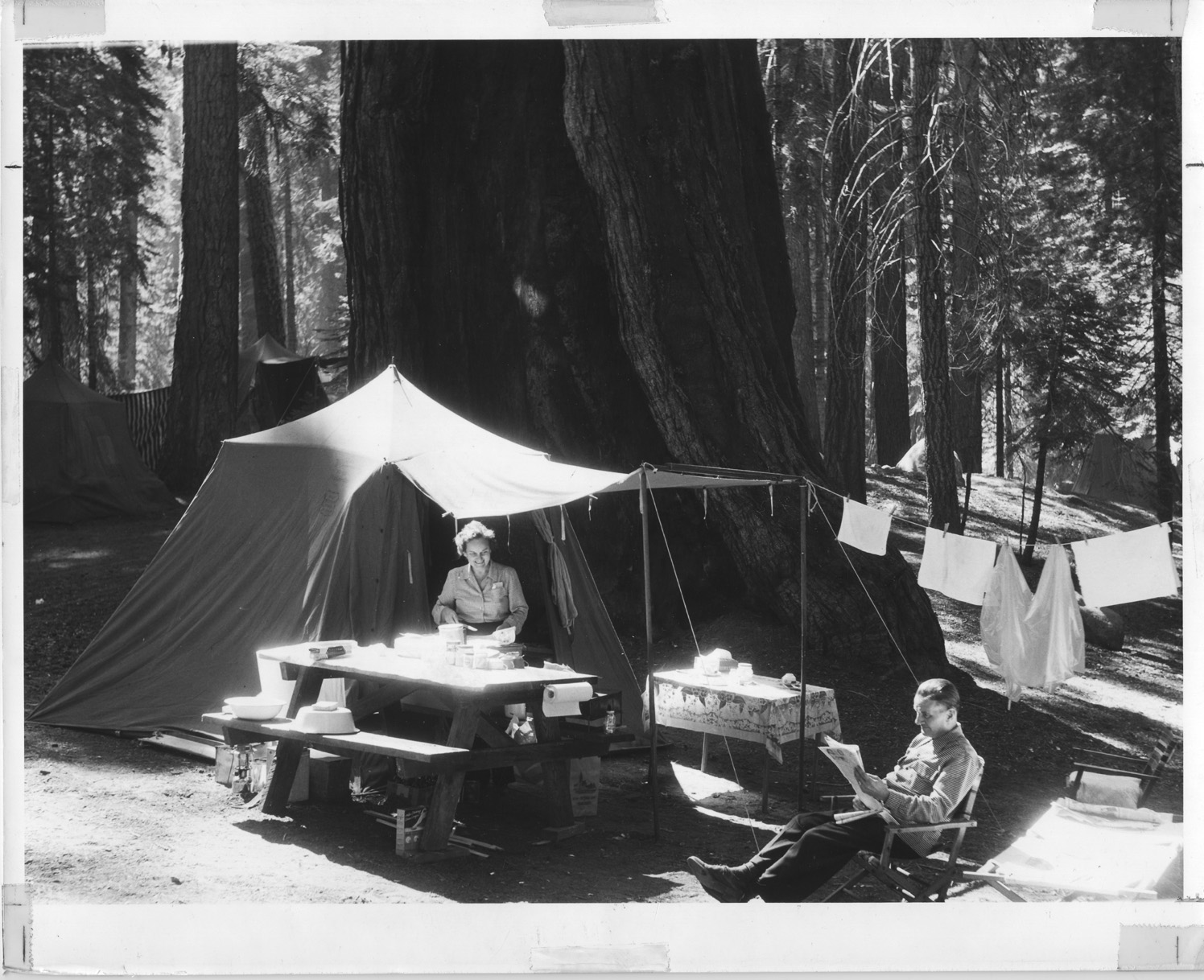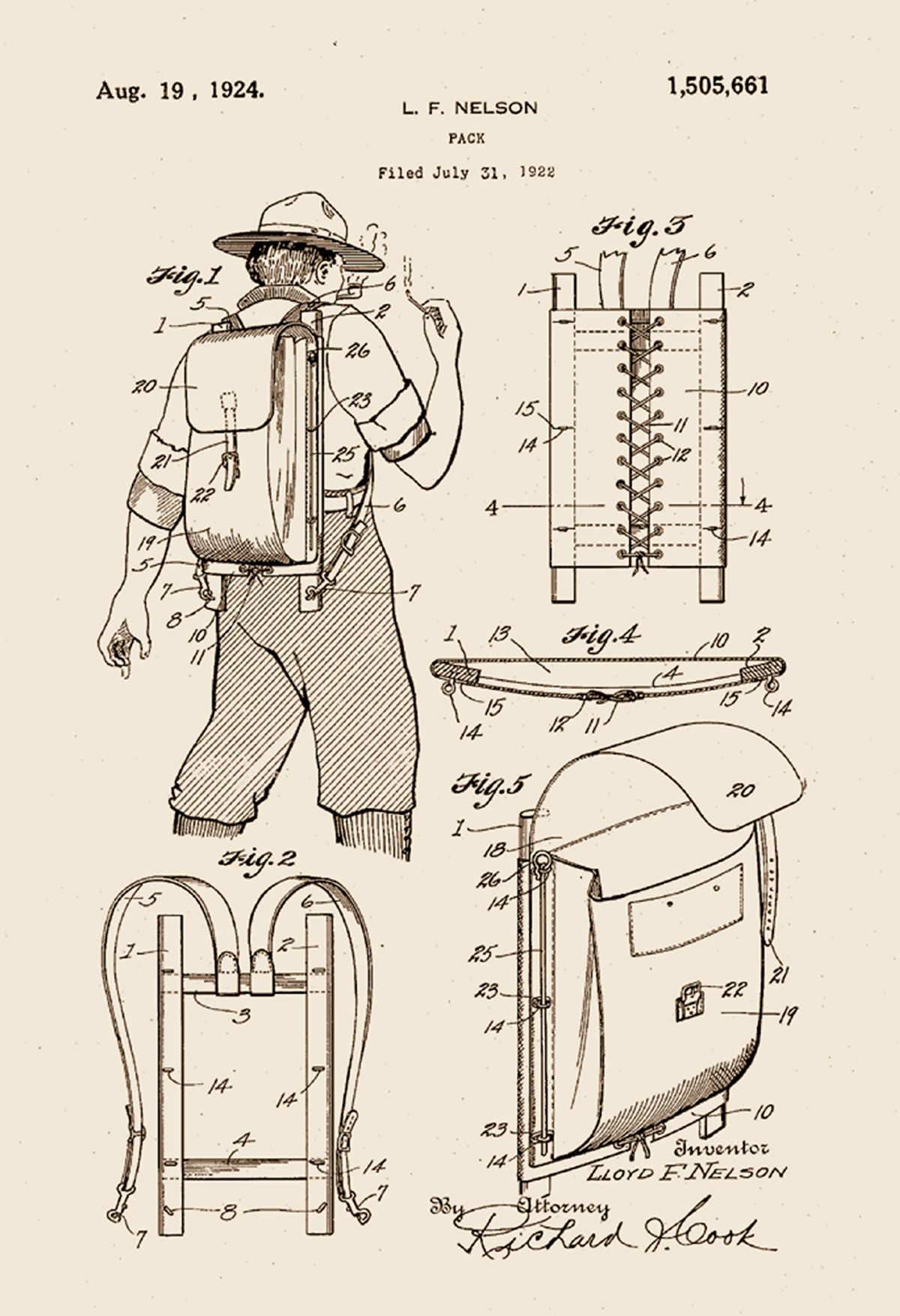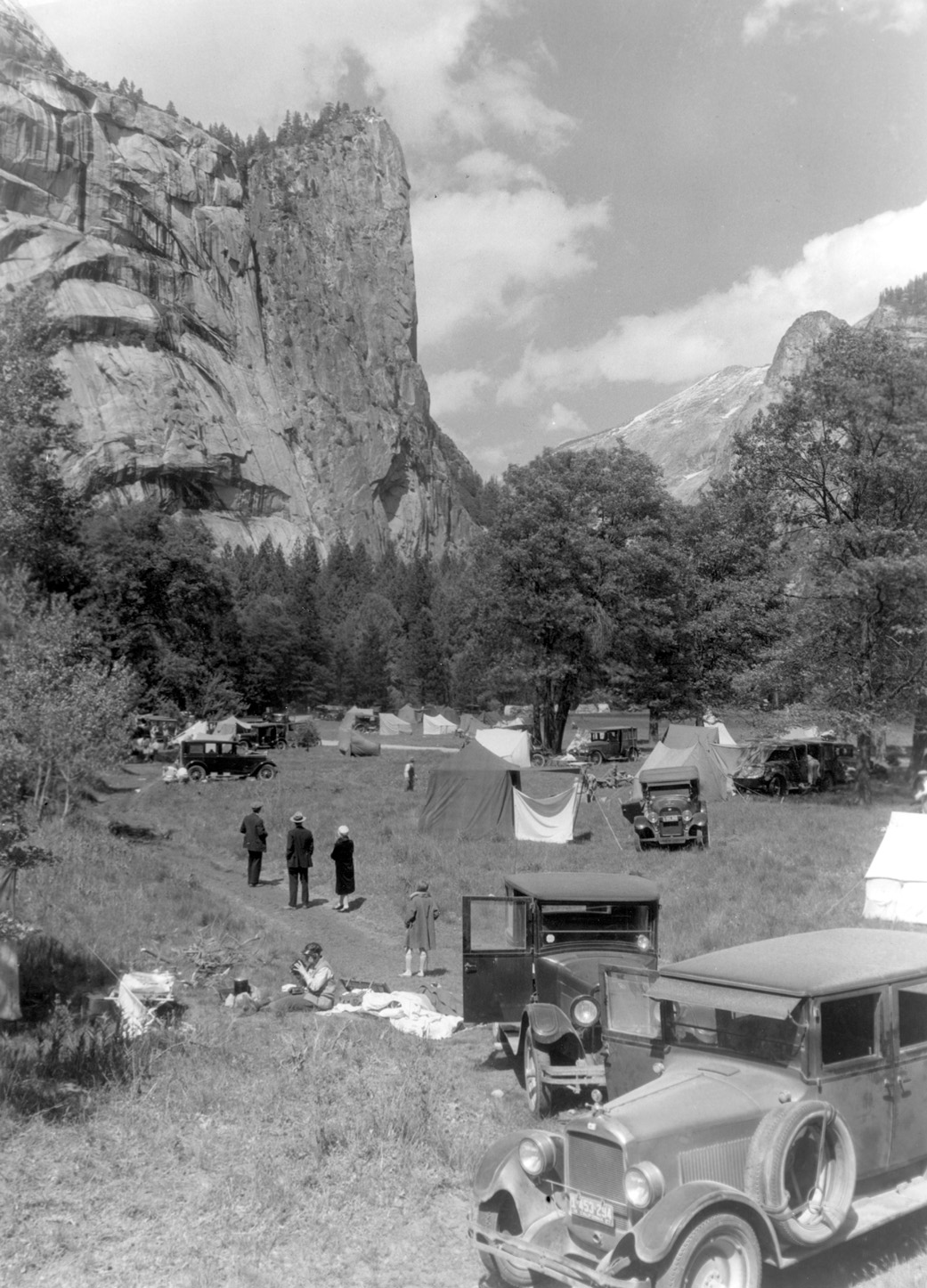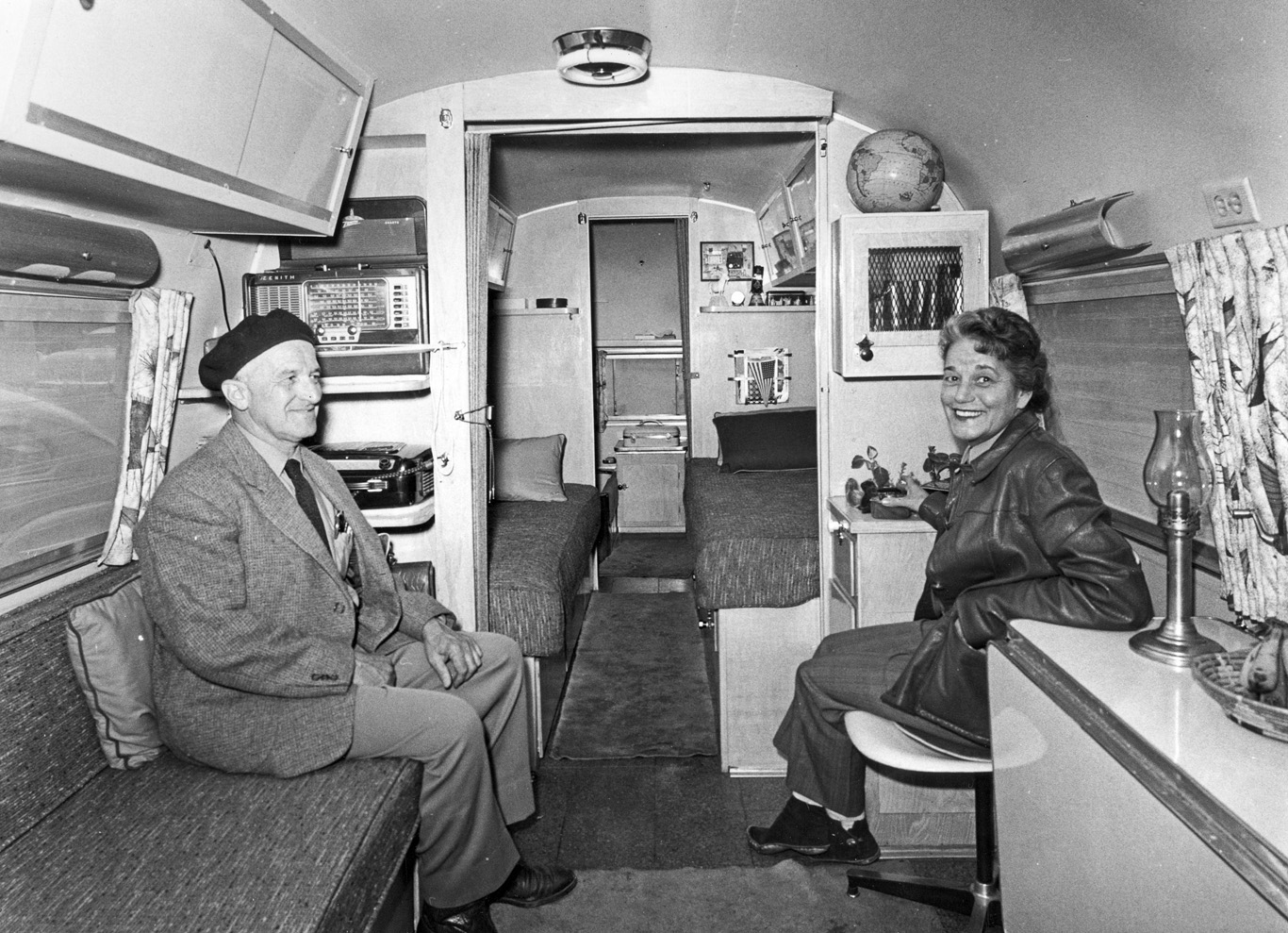Presentation by an expert in historical geography, environmental geography, biogeography, and tourism & recreation
Who are the real campers? Through-hiking backpackers traversing the Appalachian Trail? The family in an SUV making a tour of national parks and sleeping in tents at campgrounds? People committed to the RV lifestyle who move their homes from state to state as season and whim dictate? Terence Young would say: all of the above. Camping is one of the country's most popular pastimes—tens of millions of Americans go camping every year. Whether on foot, on horseback, or in RVs, campers have been enjoying themselves for well more than a century, during which time camping’s appeal has shifted and evolved. In Heading Out, Young takes readers into nature and explores with them the history of camping in the United States.
Young shows how camping progressed from an impulse among city-dwellers to seek temporary retreat from their exhausting everyday surroundings to a form of recreation so popular that an industry grew up around it to provide an endless supply of ever-lighter and more convenient gear. Young humanizes camping’s history by spotlighting key figures in its development and a sampling of the campers and the variety of their excursions. Readers will meet William H. H. Murray, who launched a craze for camping in 1869; Mary Bedell, who car camped around America for 12,000 miles in 1922; William Trent Jr., who struggled to end racial segregation in national park campgrounds before World War II; and Carolyn Patterson, who worked with the U.S. Department of State in the 1960s and 1970s to introduce foreign service personnel to the "real" America through trailer camping. These and many additional characters give readers a reason to don a headlamp, pull up a chair beside the campfire, and discover the invigorating and refreshing history of sleeping under the stars.
The book includes several chapters with California connections, including the San Franciscan who developed the modern automobile campground and the creation of the Pacific Crest Trail whose two most important advocates were Clinton C. Clarke of Pasadena and Warren Rogers of Alhambra.
Terence Young earned his Ph.D. in geography at UCLA and is a member of the Department of Geography and Anthropology and the John T. Lyle Center for Regenerative Studies at the California State Polytechnic University, Pomona. His areas of teaching and research expertise include historical geography, environmental geography, biogeography, and tourism & recreation, particularly of the United States. He has published on nature perception and meaning, recreational environments, tourist landscapes, theme parks, and nature parks and reserves. The Johns Hopkins University Press released his book, Building San Francisco's Parks, 1850-1930, in February 2004. It explores the links between concepts of nature, landscape design, and social order in the struggles over park making in San Francisco. Cornell University Press published his latest book, Heading Out: A History of American Camping, in June 2017. It explores how camping is linked to pilgrimage, modernization, and technology.


